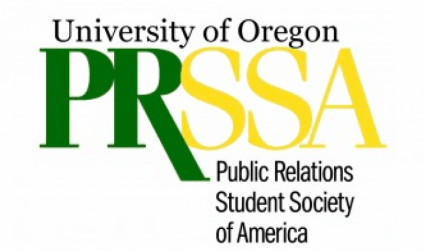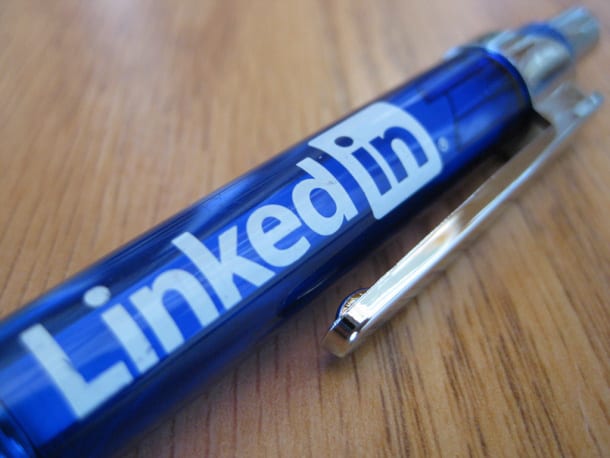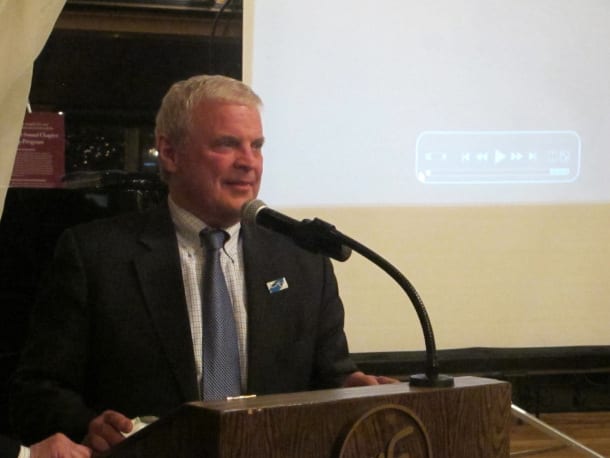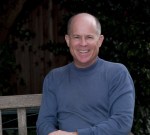By Kate Templeton
Do you stress out before an interview? Don’t worry- you’re not alone! For me, interviews are the most nerve-racking part of the job process. Demonstrating to prospective employers that you are the most qualified person for the job while being asked questions on the spot can be very stressful. However, with preparation and practice anyone can become a pro interviewee! Here are five tips that will help you nail your next PR interview and alleviate some of that stress:
- Dress the Part
First impressions matter! When going into an interview, it is always a good move to dress professionally. Have you ever heard the expression, “Dress for the job you want, not the job you have?” Dressing up for an interview can show prospective employers that you care about the job and are taking the interview seriously. You want them to be able to picture you doing the job you are applying for. Plus, when you dress well it can help you feel more confident!
- Practice Common Interview Questions/Responses
When conducting an interview, people are looking for specific responses. They are seeing if you possess the skills needed to work well with their organization. Why not show up extra prepared? As PR students and PR professionals we should be able to think on our feet and effectively promote ourselves. There are certain questions that are consistently asked at interviews (ex: strengths, weaknesses, why do you want to work here, etc.). Practice answers to questions you think you may be asked so that you feel more prepared and confident for the actual interview!
- Bring Your Portfolio/Work Samples
It’s easy to tell people that you have a full public relations portfolio with a variety of creative work pieces through multiple clients. However, actually being able to show off your skills during an interview is even better. Make sure to show your PR portfolio and sample work to an interviewer, whether it be a hard copy or online. This will help differentiate you from other candidates.
- Study the Organization/Position
Few things are as impressive in an interview as showing how prepared and knowledgeable you really are about what you are applying for. Especially if it’s a job related to PR, you want to know all of the ins and outs of the organization and role. Being able to demonstrate that you have done your research tells employers that you spent time learning about the company and position, and that you genuinely want the job.
- Follow-up Post Interview
After the interview is over and you begin the process of waiting for a response, it is important to follow-up with the person/people who interviewed you. Sending a thank-you note or e-mail is always a great idea. This is an additional way to reiterate how much you want this position and help them specifically remember you when they are picking from a large pool of applicants.











